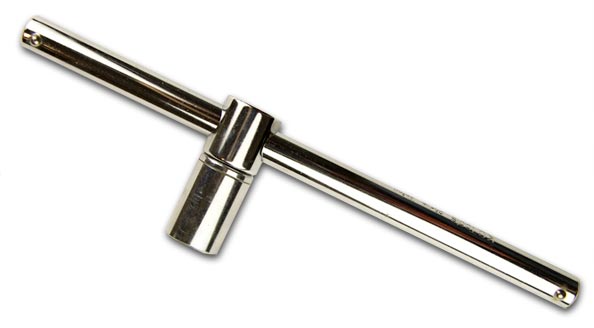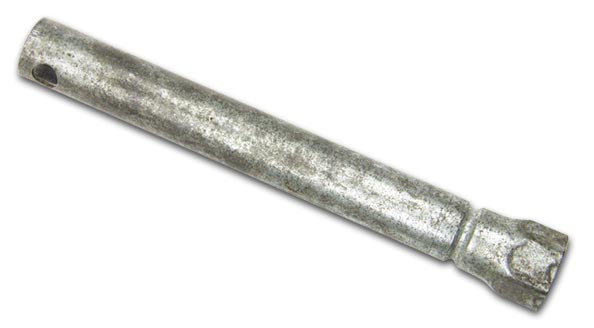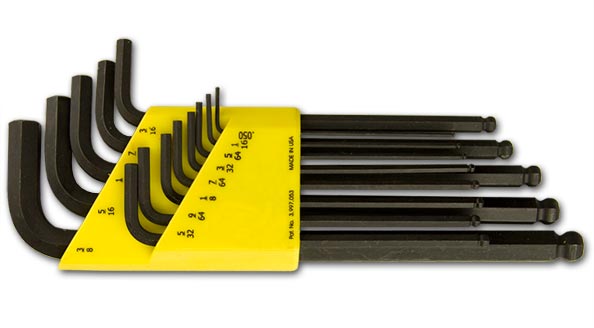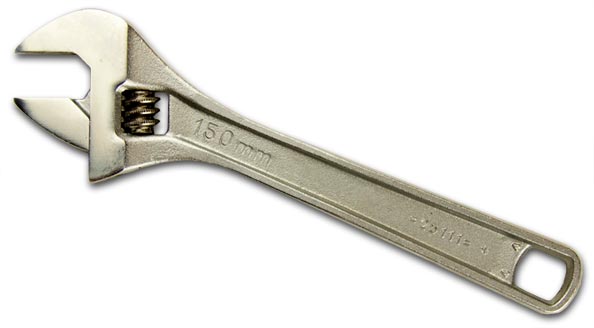Hand tools
Spanners
Common types of spanners include:
- open-end
- ring
- socket
- tube or box
- adjustable.
Open-end spanners
Most open-end spanners are double-ended. To use this spanner correctly and safely, turn the spanner by pulling on the shank. Pulling is the safest because there is less chance of hitting your knuckles if the spanner or the nut gives suddenly.
If you have no choice but to push the spanner, use the palm of the hand and keep your hand open.

Open end spanner
Ring spanners
Ring spanners will not slip and therefore, where possible, should be used to break loose a tight nut. Their offset shanks provide clearance for knuckles or obstructions alongside the nut. They may also be used where there is an obstruction close to the sides of a nut.

Ring spanner
Socket spanners
Socket spanners are used on nuts that are in recessed positions. Socket spanners come with a variety of accessories allowing them to gain access to places where a normal spanner may not fit.

Socket spanners
Tubular or box spanners
Tubular or box spanners are also used on nuts that are in recessed positions. Long projecting bolts usually require the use of a hollow tubular spanner.

Box or tube spanner
Allen keys (Hex keys)
Allen keys are hexagon bars of tool steel bent to an L-shape and are usually in sizes ranging from 1.5mm to 19mm across the flats. They can also be in the form of a socket spanner or screwdriver.
Allen keys are used to turn set screws that have internal hexagon sockets.
When using allen keys:
- make sure socket and keys are clean before use
- use the correct size
- insert to full depth.
Don't use the key if the ends are worn or rounded, it is likely to slip under load.

Selection of allen keys
Adjustable or shifting spanners
Adjustable or shifting spanners are similar to open-end spanners except they have one moveable jaw. They should only be used if the correct size fixed spanner is unavailable.
The moveable jaw should be kept clean and if the knurled screw is cracked or worn, replace it.
Adjustable spanners should have their jaws in full contact with the nut. When turning the spanner, always keep the moveable jaw ahead of the direction of pull on the handle. Less pressure is placed on the moveable jaw when using the spanner in this way.

Adjustable spanner
Safety with spanners
- Turn open-end and ring spanners by pulling. If you have no other choice but to push the spanner, use the palm of the open hand.
- Do not increase the leverage of a spanner with water pipe, etc.
- Use both hands on large spanners and tubular box spanners.
- Do not use defective spanners.
- Do not use a spanner that does not fit correctly or is placed incorrectly on the nut.
- The moveable jaw of an adjustable spanner should be ahead of the direction of pull on the handle.



